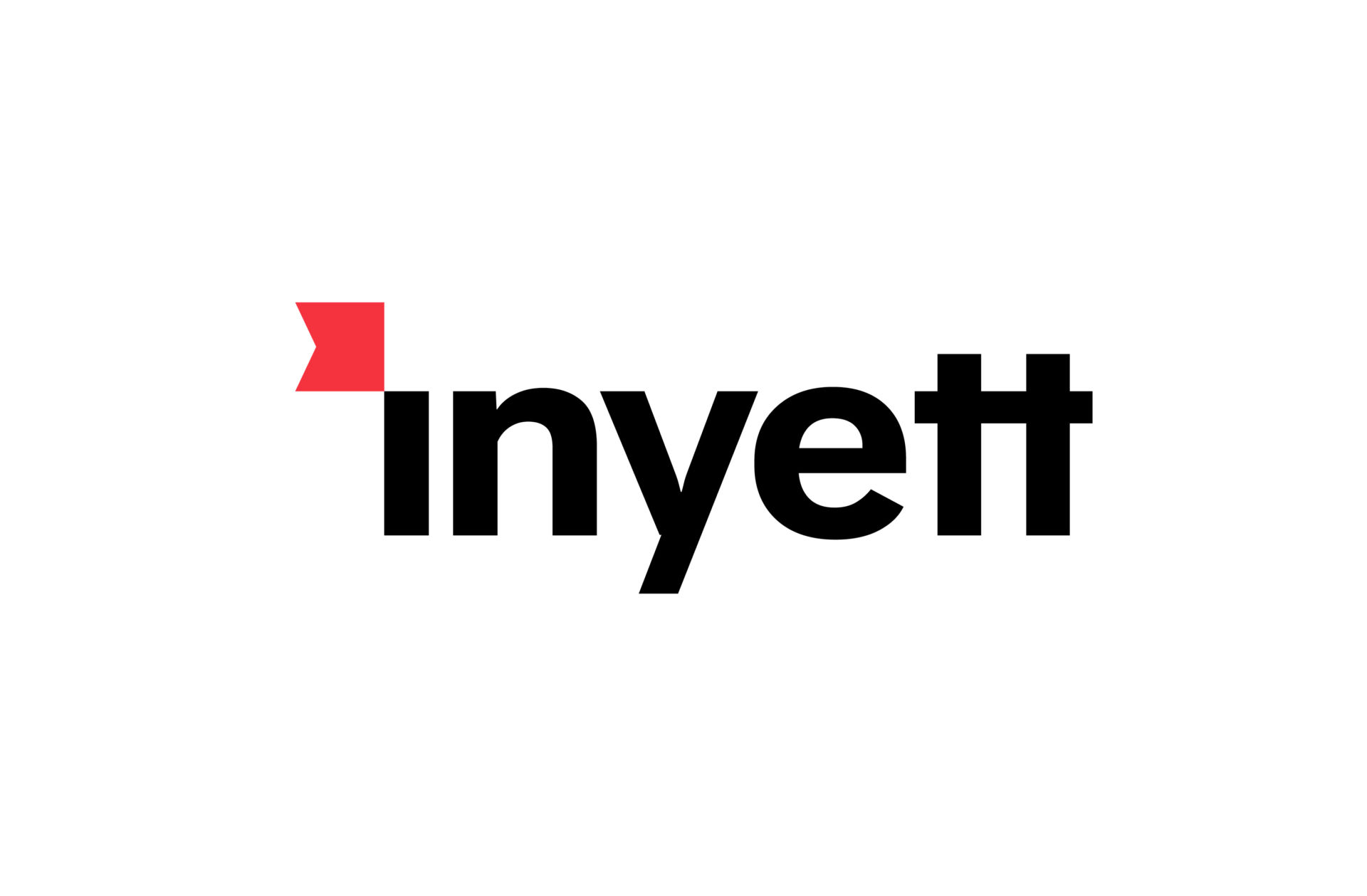To make it easier for you to get an overview and act on the findings of the 2022 Digital Trends Experience Index, we have summarised some of the key takeaways and guiding principles from the report.
Over the past year, 82% of practitioners have observed new and changing customer journeys. As customer experience demands are intensifying, companies must adopt a digital-first mindset and a holistic view of the customer. To rebuild processes and culture around customers’ shifting expectations, industry leaders surveyed are focusing on several areas in 2022:
- Building trust through responsible collection and handling of data
- Preparing for the end of third-party cookies
- Investing in experience technology and tools
- Maximising the employee experience
- Acting with speed, agility and diversity
Building trust through responsible collection and handling of data
Collecting and acting on customer data is key to creating great customer experiences. Yet, companies must take their data-stewardship role seriously as customers become more conscious about how their data is collected, stored and used.
Think data action before data collection.
Companies are both responsible for protecting customer data, as well as using it responsibly. Think data action before data collection. Being considerate of how customer data contributes to meaningful, relevant and valuable experiences for customers is key to building trust-based customer relationships.
Also read: Keeping a human touch with customers in the digital space
Preparing for the end of third-party cookies
Adobe reports that post-cookie preparedness is alarmingly low. Only 21 % consider themselves prepared for a cookieless future, where the access to data and insights about customers and target audiences will fade. This requires companies to find new methods to both acquire and retain customers, which are now considered equally as important. 59 % plan to increase their budgets for online media spending in 2022, which will be an important year for marketers to build new processes and strategies that utilise first-party data and zero-party data.
What is first-party and zero-party?
First-party data is defined as data that your company has collected directly from your audience made up of for example customers, site visitors, and social media followers. While zero-party is data collected voluntarily from customers in exchange for value. (Hubspot)
Investing in experience technology and tools
The report shows that experience technology investment is increasing, with customer data technology and experience management platforms being the key spending priorities for over 50 % of senior executives in 2022. According to Accenture, organisations that have fully reoriented operations, delivery models and technology investment to meet new experience demands grow their profitability year on year by at least six times their industry peers.
Yet, 37 % responded that the biggest perceived barrier holding back customer experience is “poor integration between tech systems.’” Using multiple systems and vendors for managing CX can make it problematic for companies to maximise AI for improved audience understanding, faster insight to action and enhanced, personalised experiences at scale.
Also read:Tailoring the customer journey to new online behaviours
Maximising the employee experience
Industry leaders are not only enhancing the customer experience, but also the employee experience. Why? Well, they are directly linked. When removing internal barriers, upskilling employees and automating workflows, employees are much better equipped to deliver excellent experiences for their customers.
When removing internal barriers, upskilling employees and automating workflows, employees are much better equipped to deliver excellent experiences for their customers.
With customer demands having transformed, so too has the demand for new and evolving skills within digital marketing and customer experience management. Industry leaders focus on upskilling employees, facilitating cross-functional collaboration and automating workflows so that employees can spend more time on meaningful tasks. Especially IT and marketing must have a shared vision and collaborate to ensure CX and tech strategies are closely aligned.
Acting with speed, agility and diversity
Companies report acting 20 to 25 times faster than expected and today’s fast pace is only going to accelerate. Translating data into insights isn’t enough. It has to be done with speed and agility to keep up with customers’ shifting demands and preferences. Embracing agility across people, processes and technology is key to responding to change and uncertainty and delivering excellent experiences in line with ever-evolving customer needs and expectations. Yet, almost 75% of those surveyed don’t consider themselves agile when responding to opportunities and disruptions.
Industry leaders encourage their marketing and CX teams to test, experiment, fail fast, learn from mistakes and make quick decisions. Moreover, the more diverse and inclusive teams, the better creativity, innovation and problem-solving. To keep up, companies must build teams representing different personalities, backgrounds, skillsets and opinions.




